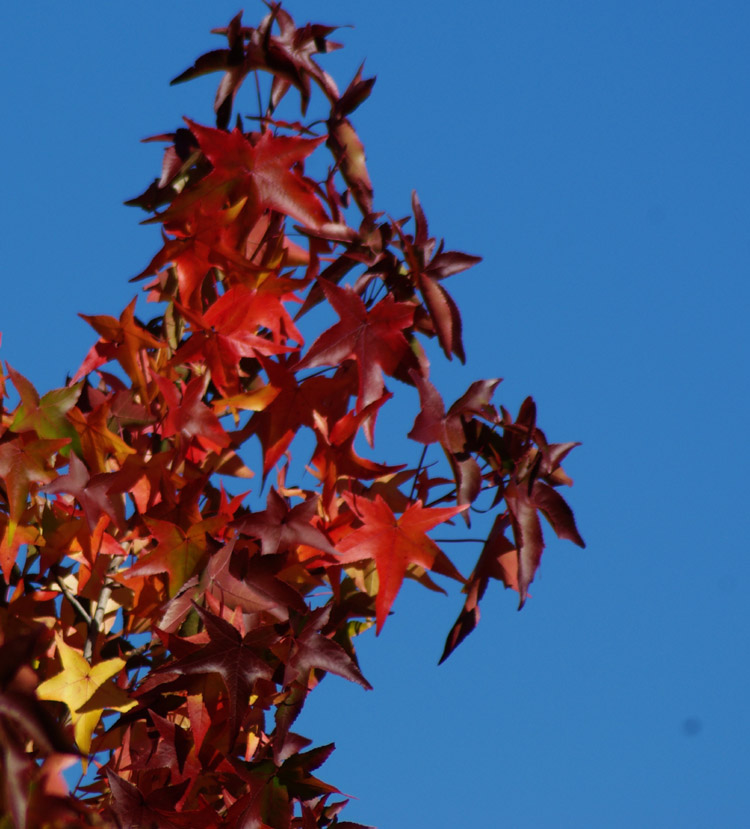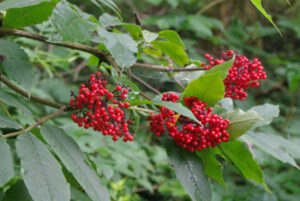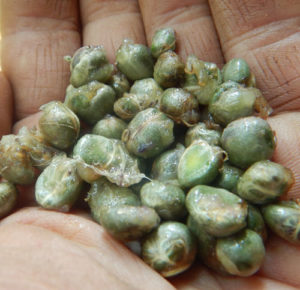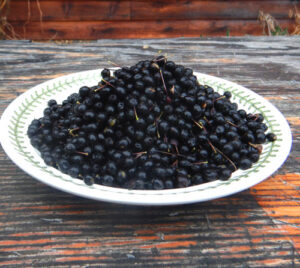Sweet Gum Tree, American (Liquidambar styraciflua), packet of 100 seeds
$4.95
Family: Witch Hazel (Hamamelidaceae)
Hardy to Zones 5 to 9
Deciduous tree to 80 feet tall, columnar and erect, native to the American southeastern states. The palmate, usually 5-pointed leaves turn lovely colors in the fall, from bright orange to dark burgundy red. The tree prefers moist, fertile ground and is tolerant of both flooding and drought. Traditional use: The resinous exudate that gathers on the trunk is chewed in treatment of sore throat and applied externally to wounds and ulcers. The processed resin (heated and purified) is one of the ingredients in the famous embrocation known as “Friar’s Balsam,” which is used in treating indolent ulcers such as bedsores. The sand-like, resinous material, shaken from the spiny pods that look like a medieval mace, are a source of the antiviral molecule known as shikimic acid. This is used primarily as a prophylactic against influenza. A convenient mnemonic trick to remember the species name is the tree’s activity against flu (styraciflua). Tree prefers sun and moist, fertile soil. The seeds germinate best when planted in the fall for germination in the spring, or may be given 30 to 90 days moist refrigeration prior to sowing in warm soil. Work up seedlings in pots for a year or two before transplanting to the landscape. Space trees 30 feet apart.
100 seeds per packet, Open Pollinated, Untreated, NO GMO’s
In stock






Question
Shelagh Young (verified owner) –
Germination was beyond expectation, thanks to fresh and viable seed. Worm castings added to the mix might have helped a bit, and I’m delighted by all progress so far– about 50 healthy little Sweet Gum seedlings.
They will be sturdy little things by the Fall, when I’ll bring them in to winter in the unheated basement with the 6 laburnum and 2 dozen black locust all started at about the same time.
Basement is insulated and unheated. Cool but not freezing.
Frosts arrive in September usually, and I’m wondering if I should allow all the seedlings to be frosted to encourage dormancy before being brought in?
Thanks so much!
Upvote if this was helpful (0) Downvote if this was not helpful (0) Watch Unwatch Flag for removal
Richo Cech –
hello Shelagh,
Thanks for staying in touch. Fulfilling dormancy requirements on woody perennials by ending the growth period with frost is extremely important, otherwise they do not develop normally. Richo
Upvote if this was helpful (0) Downvote if this was not helpful (0) Flag for removal